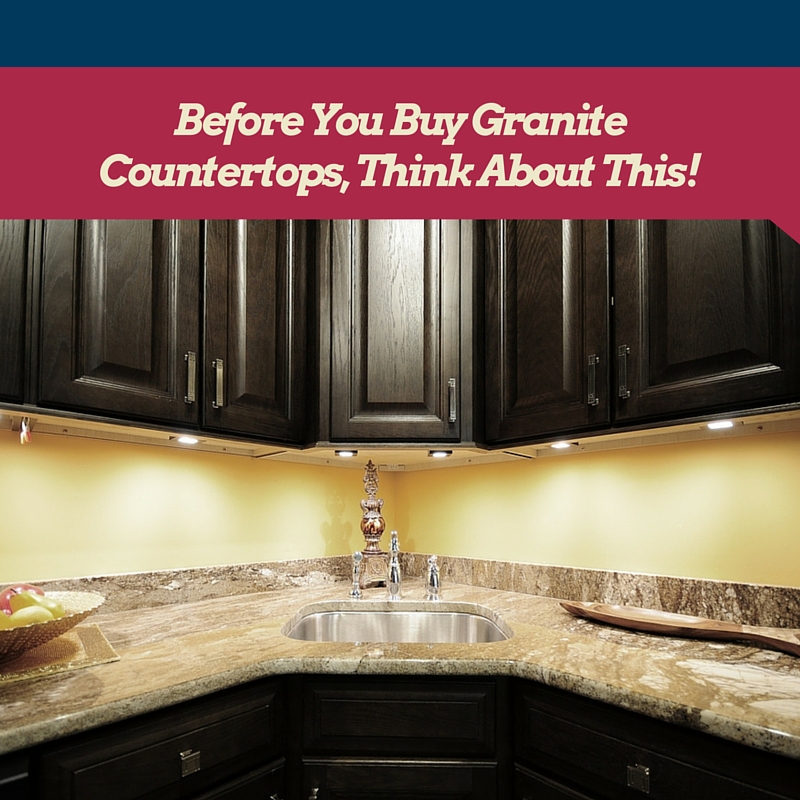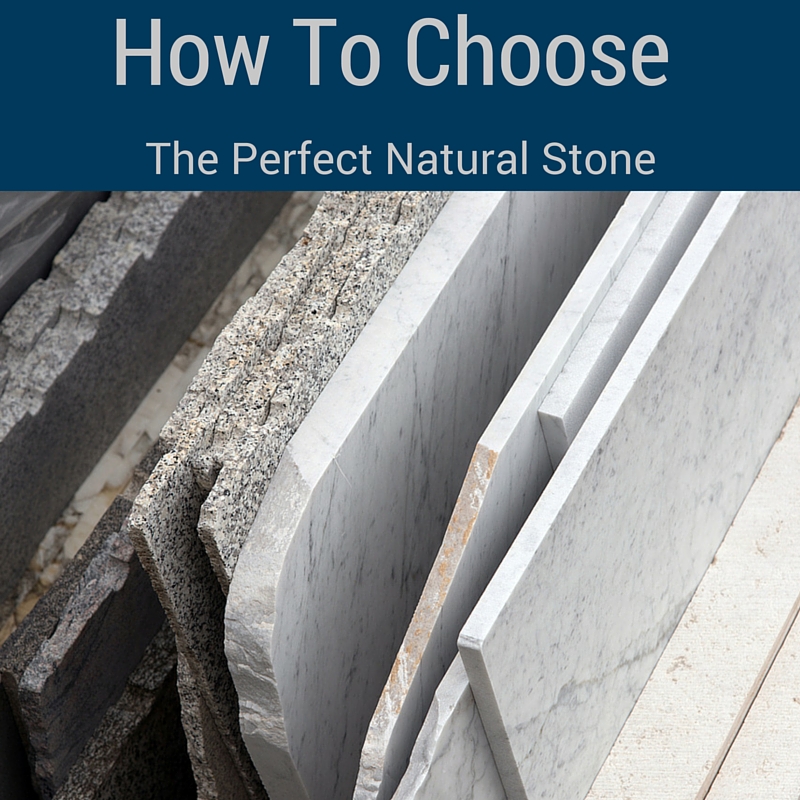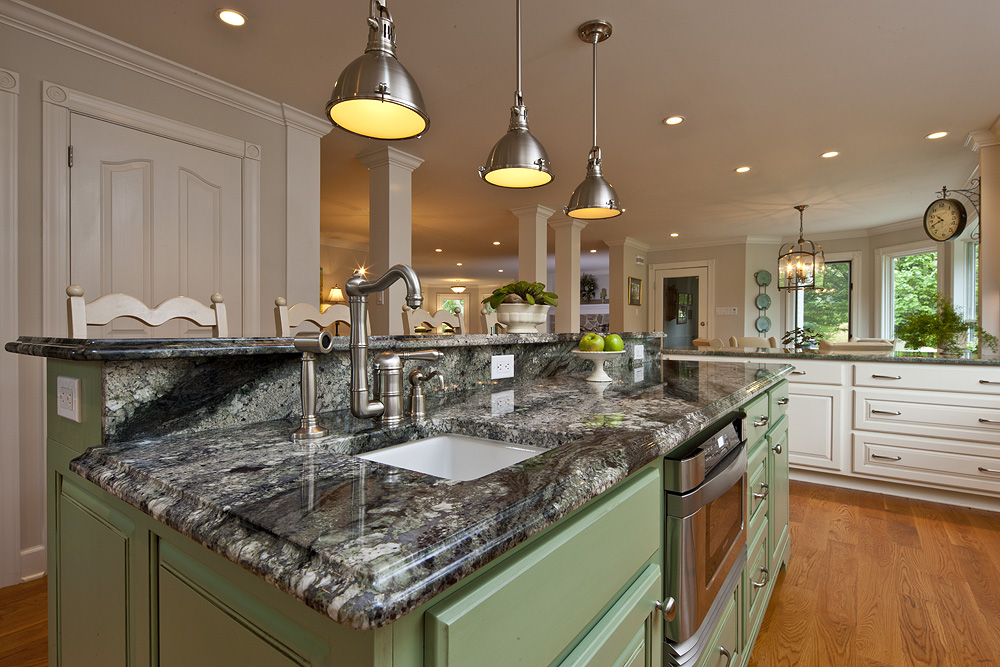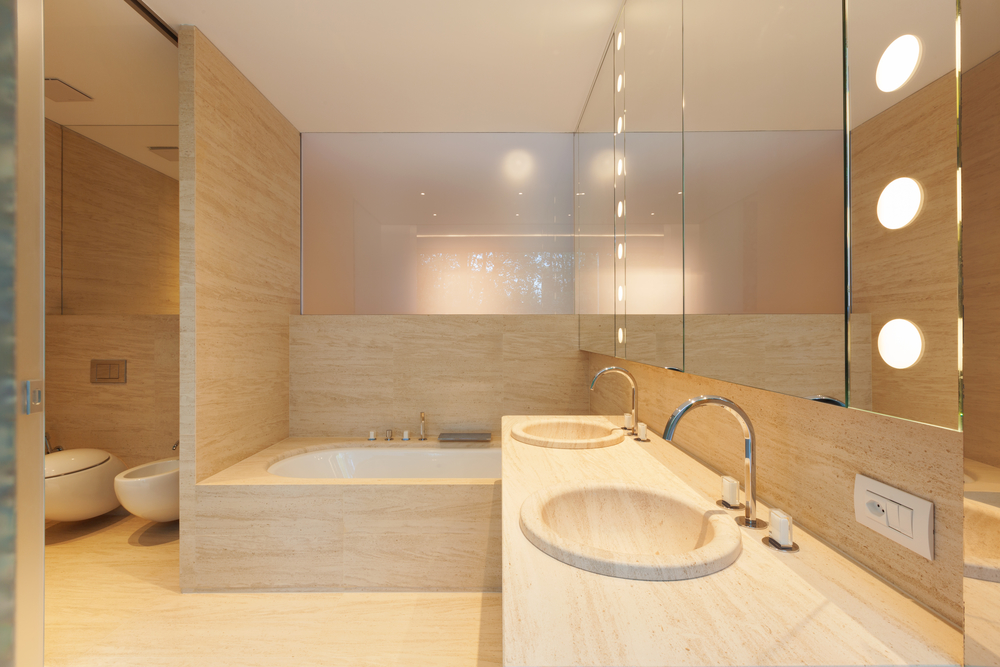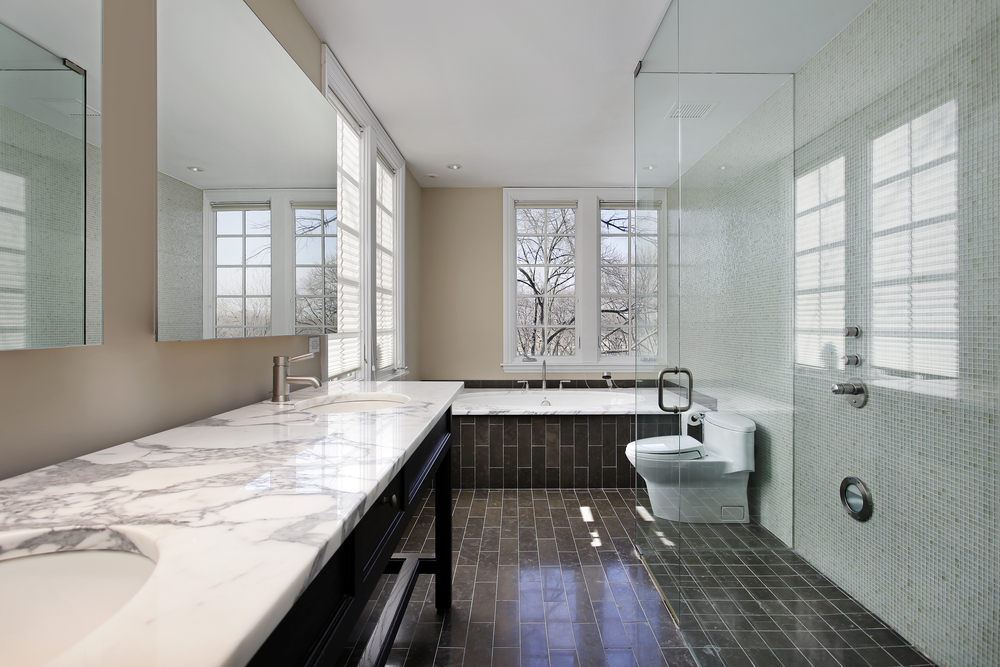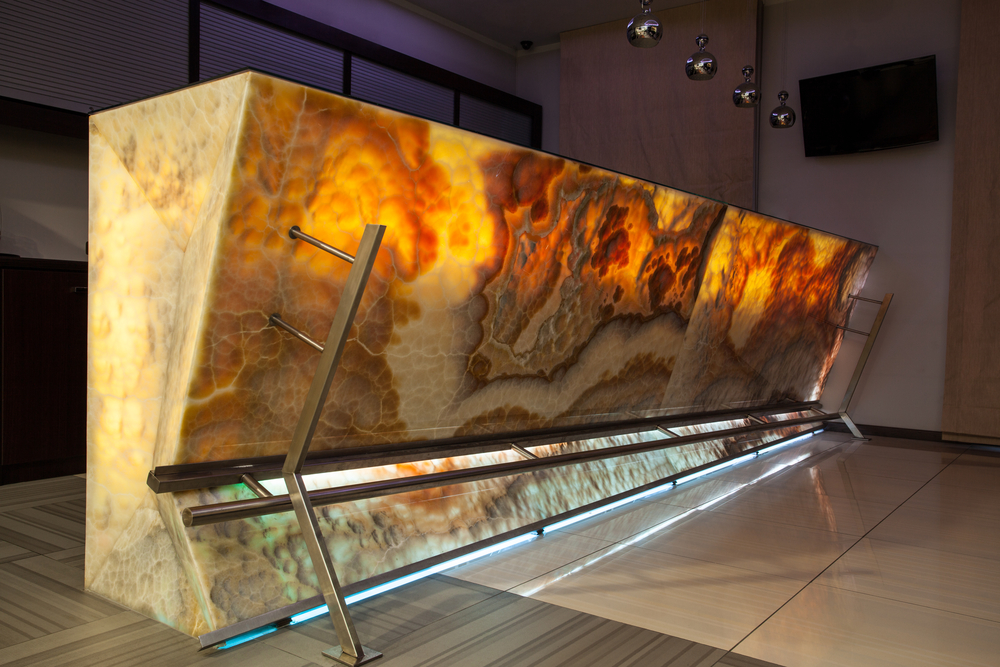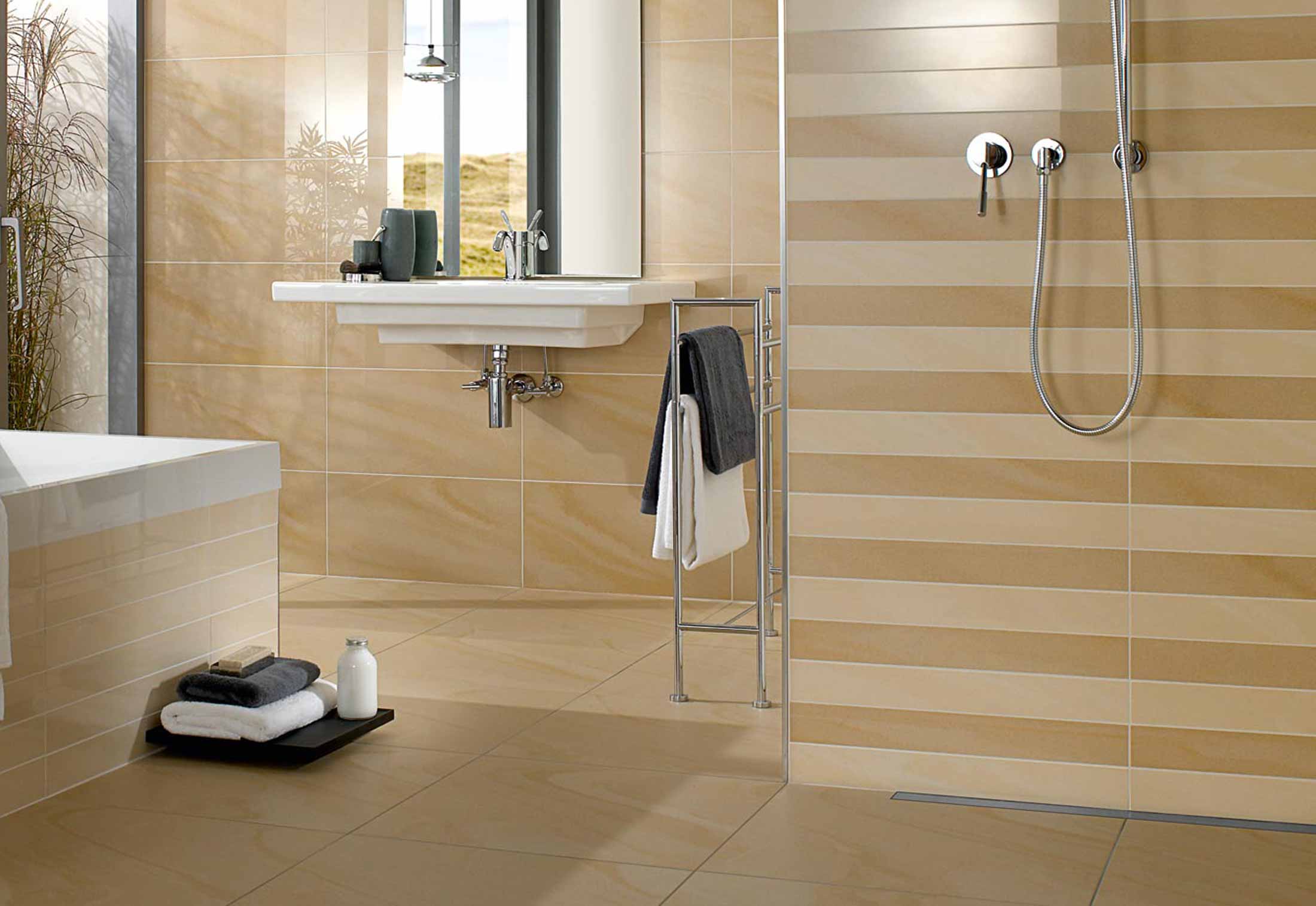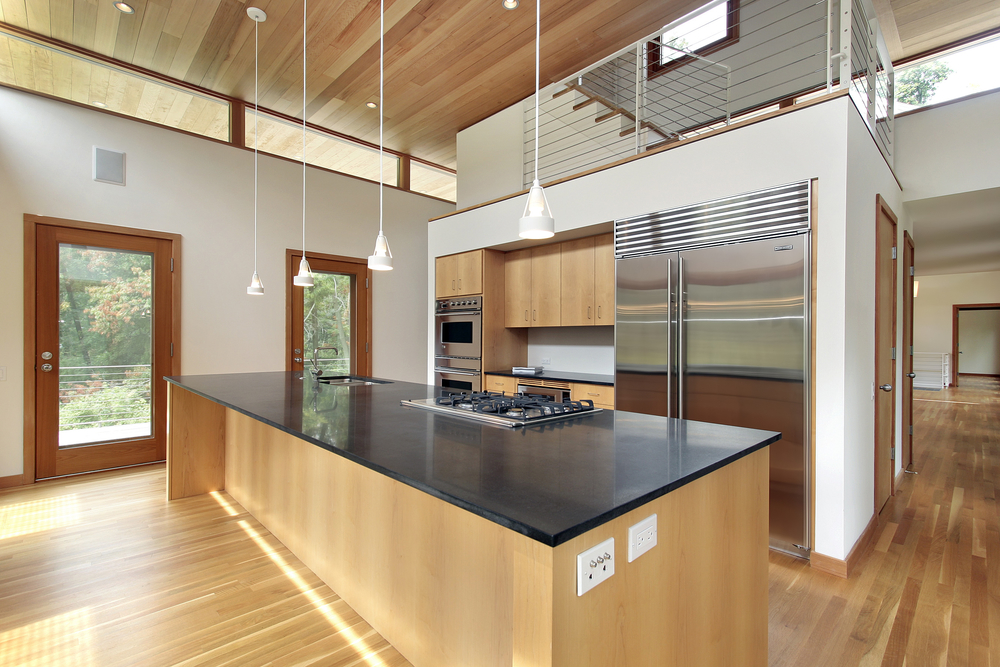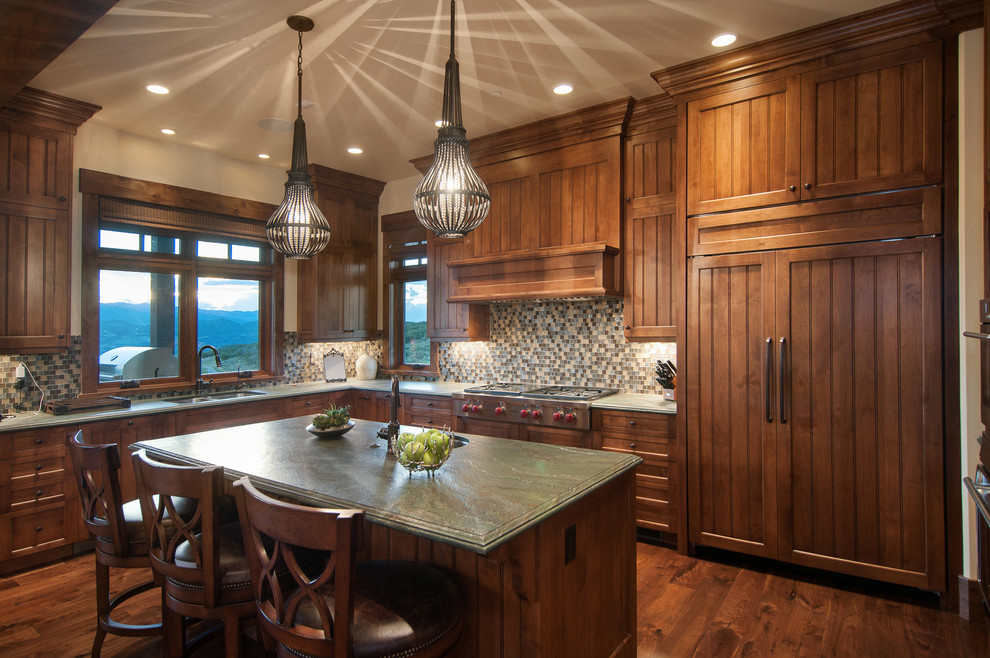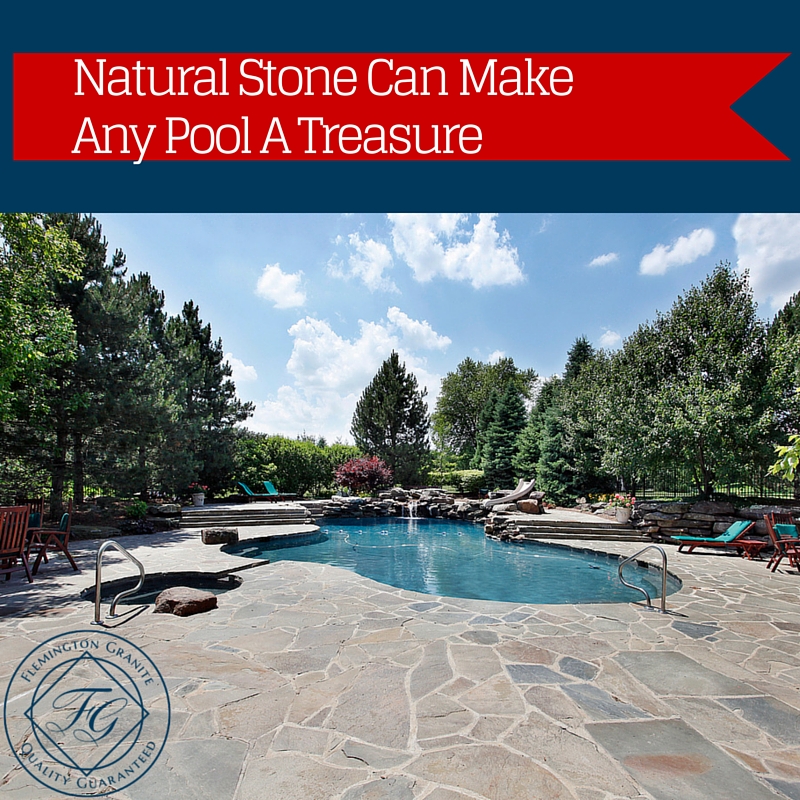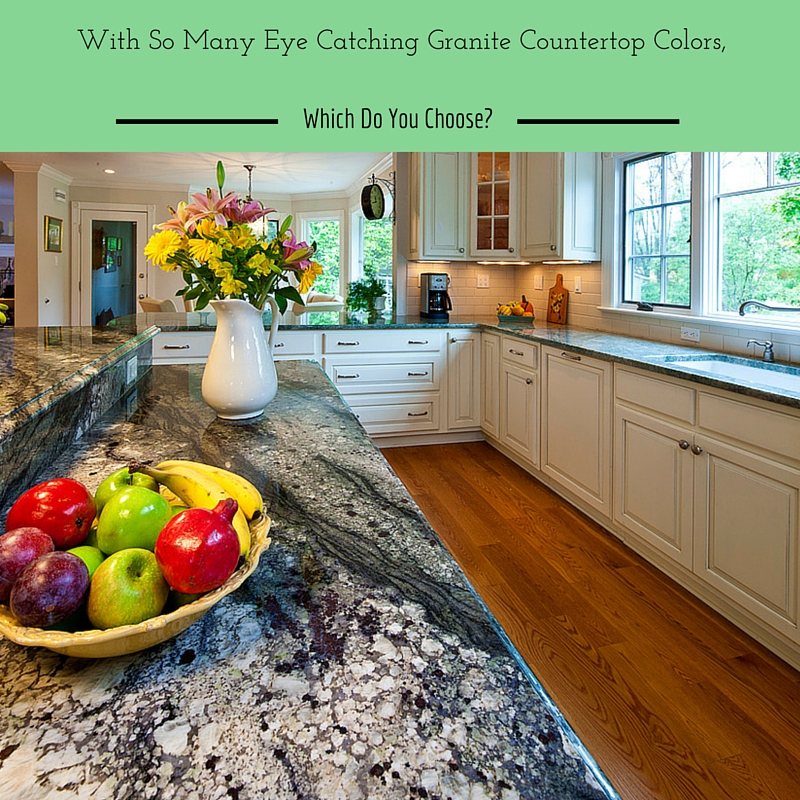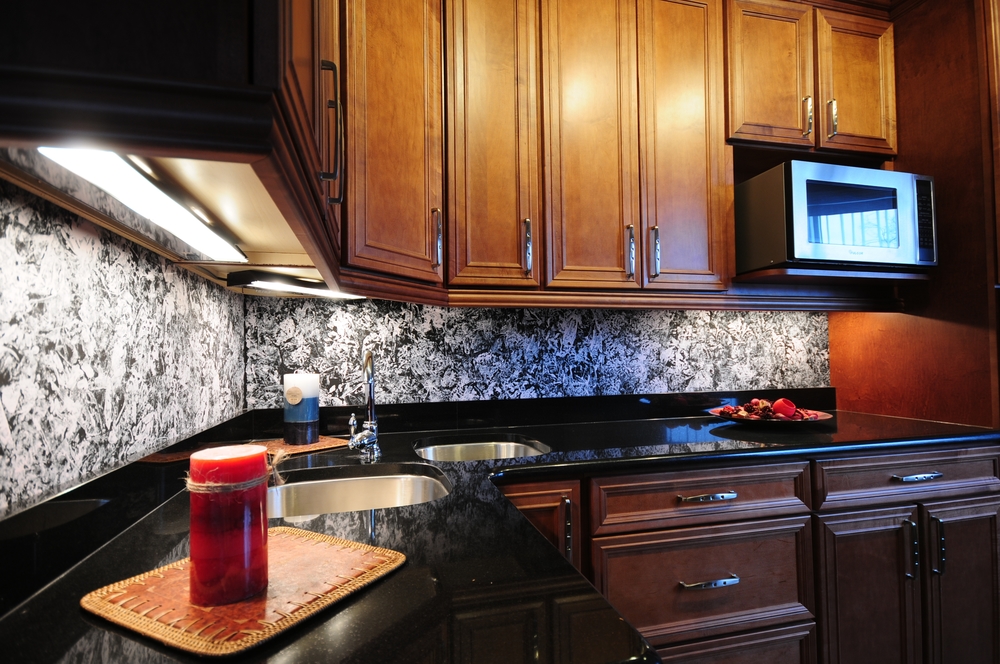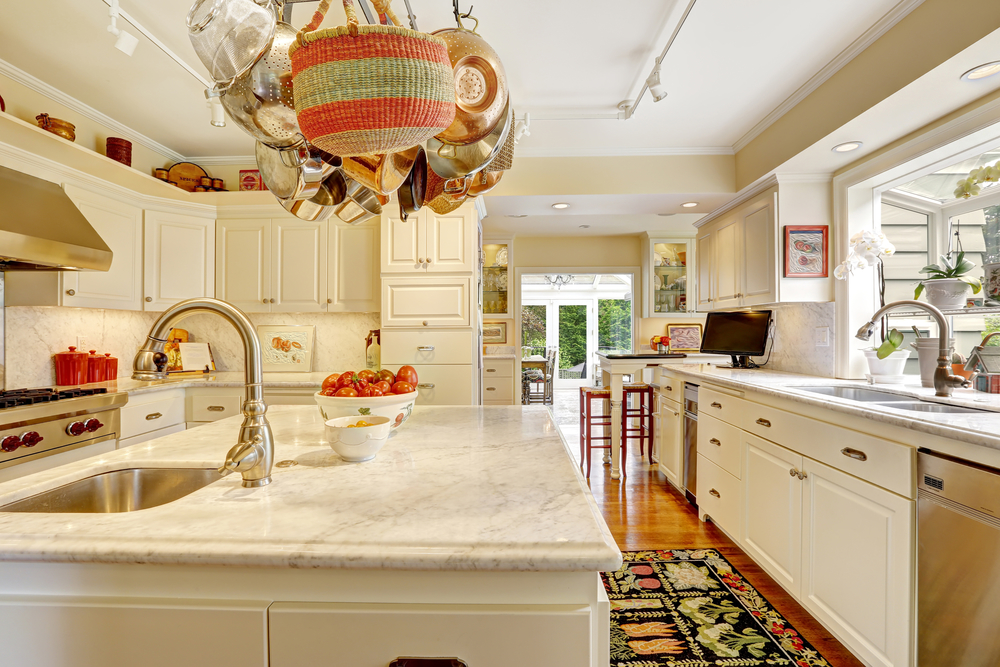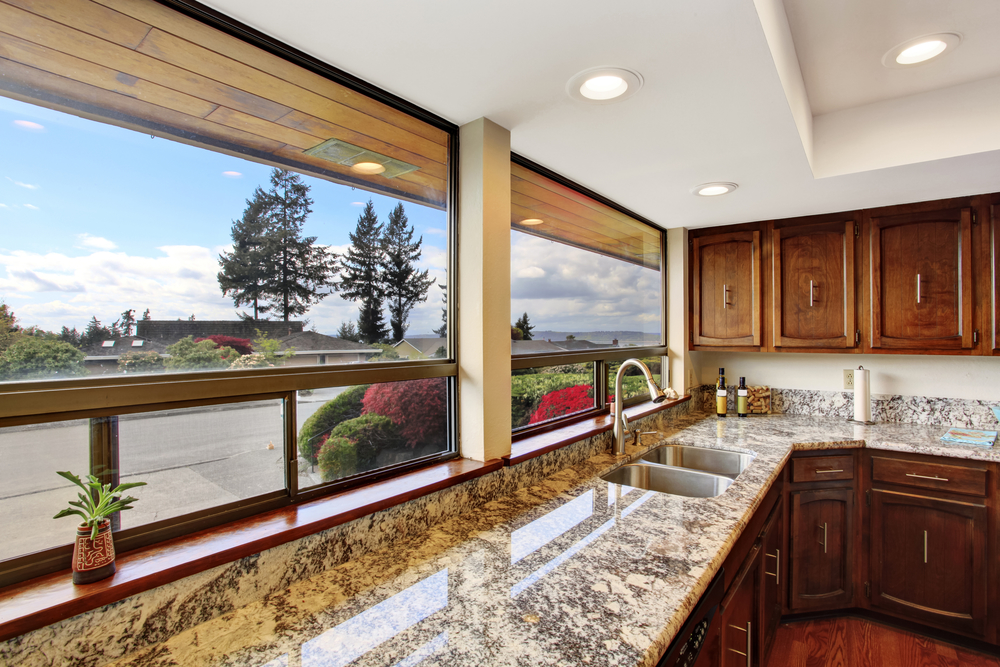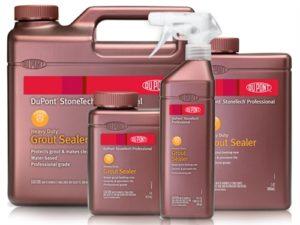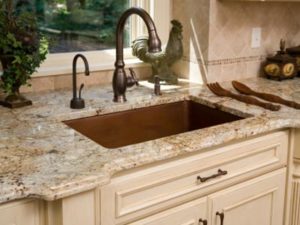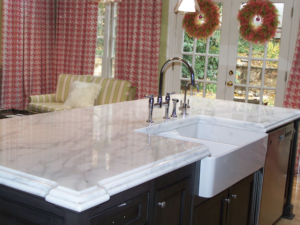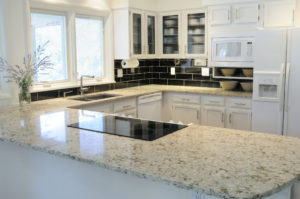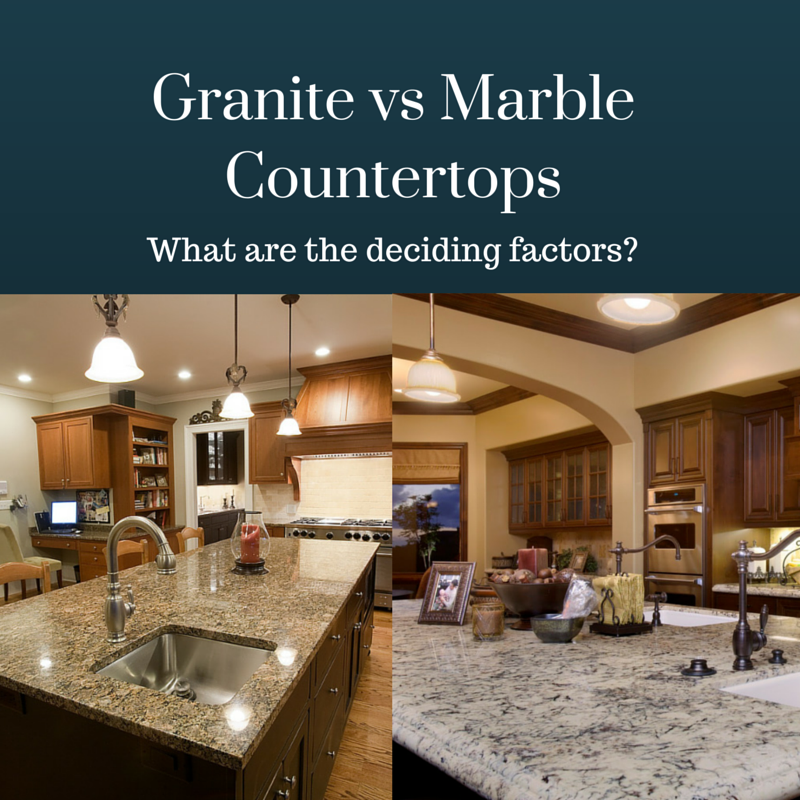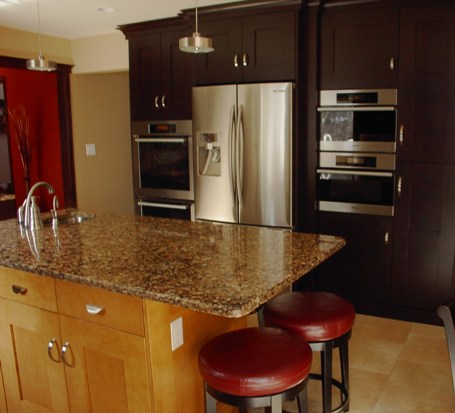Any visit to a cemetery should provide a clear indication that granite is the preferred stone for monuments. The elemental composition of this durable product is primarily feldspar and quartz, but only a small percentage is considered good enough to use in the creation of memorials.
This is why you never see color imperfections, visible flaws, or fractures in slabs used in cemeteries. Other stones that are used to create headstones are inferior in their ability to remain intact and legible after the first few years of weather exposure.
Granite Is Dense and Durable
People tend to group marble and granite together as though they are the same, but granite is considerably stronger. Diamonds are a great material to use as a comparison tool because it’s one of the hardest, with a rating of 10 on the Mohs scale of mineral hardness.
A natural slab of granite is going to range between 6 and 7, and the man-made products are considered a 5. The actual task of cutting, polishing, and carving granite is more difficult because the molecules are packed tighter than marble, but it’s worth the investment in a headstone that will last.
Marble is much weaker than both man-made and natural granite because it falls into a rating of 3.
Why Is There Marble In Cemeteries?
Older cemeteries that feature monuments dating back to the mid 1800’s contain a lot of marble. It was the most popular choice because the tools used in that time period could easily work with marble.
Unfortunately, marble is a calcite structure that is going to erode when exposed to salt and other pollutants in the air. This is why the older memorials are barely legible and highly deteriorated compared to granite monuments being exposed to the same weather conditions.
Better tools and techniques were gradually introduced after the 1920’s and this helped granite become the most preferred choice in modern headstones.
Cherish the memory of your loved one by selecting the very best piece of granite for their memorial. We have an exceptional selection of unique slabs to accommodate any size and color specifications that you request. Take a minute to complete the contact form so that we can begin discussing the granite options that we offer.


